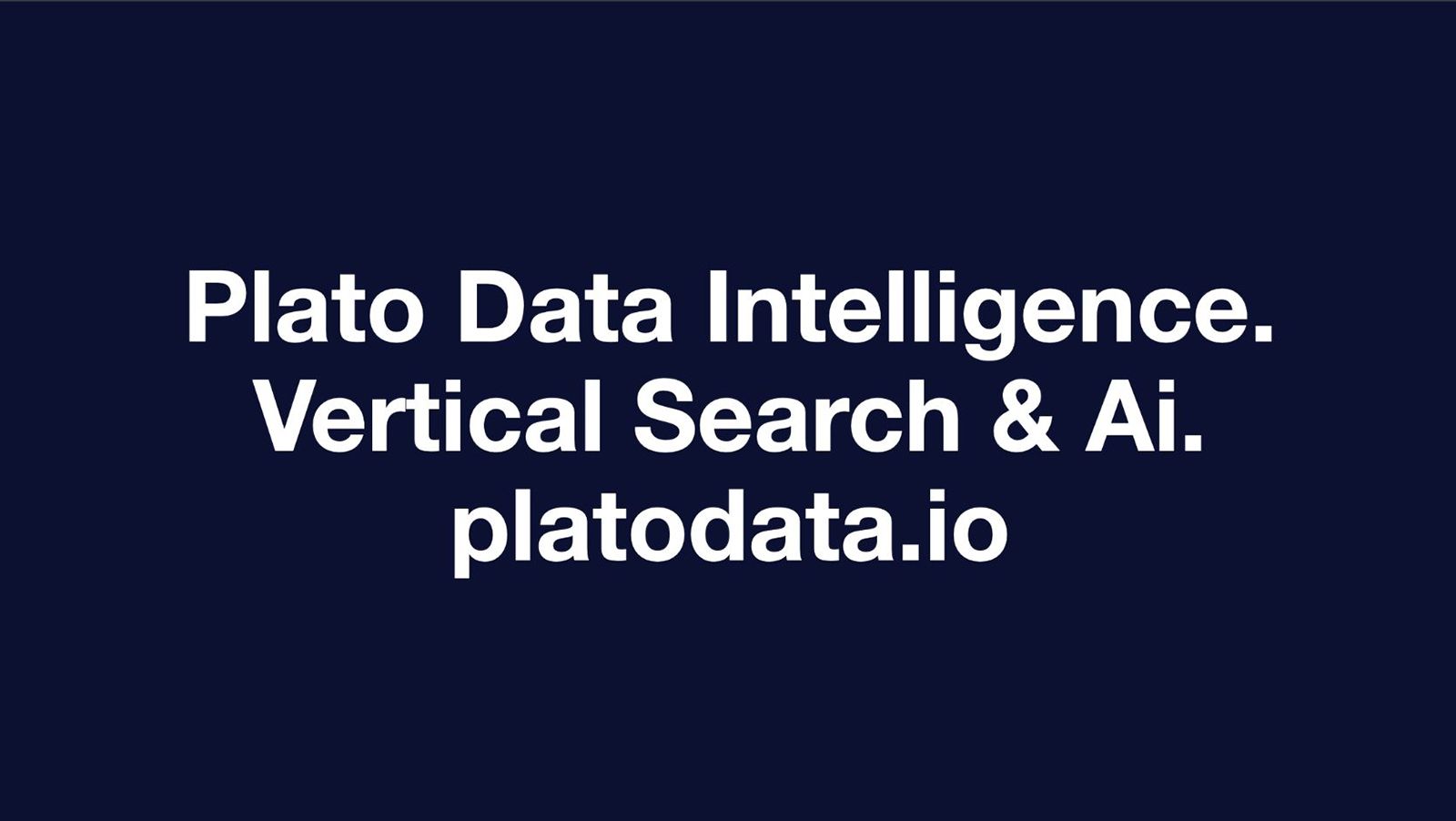
Understanding the Constraints of AI-Generated Models
Artificial Intelligence (AI) has made significant advancements in recent years, with AI-generated models being used in various fields such as healthcare, finance, and entertainment. These models have the potential to revolutionize industries by automating tasks, making predictions, and providing valuable insights. However, it is crucial to understand the constraints of AI-generated models to ensure their effective and responsible use.
One of the primary constraints of AI-generated models is their reliance on data. These models are trained on vast amounts of data to learn patterns and make predictions. The quality and diversity of the data used for training directly impact the performance of the model. If the training data is biased or incomplete, the model may produce inaccurate or unfair results. For example, if a facial recognition model is trained on a dataset that primarily consists of images of white individuals, it may struggle to accurately recognize faces of people from other racial backgrounds.
Another constraint is the interpretability of AI-generated models. Deep learning models, which are a subset of AI models, are often referred to as “black boxes” because they are complex and difficult to interpret. While these models can achieve high accuracy, understanding how they arrive at their predictions can be challenging. This lack of interpretability raises concerns about accountability and transparency. For instance, if an AI-generated model denies a loan application, it is essential to understand the factors that influenced the decision to ensure fairness and prevent discrimination.
AI-generated models also face limitations when it comes to handling novel situations or data that differ significantly from what they were trained on. These models are designed to make predictions based on patterns in the training data. If they encounter data that falls outside their training distribution, their performance may deteriorate. This limitation is known as “out-of-distribution” or “adversarial” examples. For instance, an AI model trained to identify cats may struggle when presented with an image of a cat in an unusual pose or with heavy occlusion.
Furthermore, AI-generated models require significant computational resources to train and deploy. Training deep learning models often involves training on powerful GPUs or specialized hardware, which can be expensive and time-consuming. Additionally, deploying these models at scale may require substantial computational infrastructure. These resource requirements can limit the accessibility and affordability of AI-generated models, particularly for smaller organizations or individuals.
Ethical considerations are another crucial constraint of AI-generated models. As these models become more prevalent in decision-making processes, it is essential to ensure they are used ethically and responsibly. Issues such as privacy, bias, and fairness need to be carefully addressed. For example, if an AI-generated model is used to screen job applicants, it is crucial to ensure that the model does not discriminate against certain groups based on gender, race, or other protected characteristics.
In conclusion, while AI-generated models offer immense potential, it is vital to understand their constraints to ensure their effective and responsible use. These constraints include reliance on data quality and diversity, interpretability challenges, limitations in handling novel situations, resource requirements, and ethical considerations. By acknowledging and addressing these constraints, we can harness the power of AI-generated models while mitigating potential risks and ensuring fairness and accountability.
- SEO Powered Content & PR Distribution. Get Amplified Today.
- PlatoData.Network Vertical Generative Ai. Empower Yourself. Access Here.
- PlatoAiStream. Web3 Intelligence. Knowledge Amplified. Access Here.
- PlatoESG. Carbon, CleanTech, Energy, Environment, Solar, Waste Management. Access Here.
- PlatoHealth. Biotech and Clinical Trials Intelligence. Access Here.
- Source: Plato Data Intelligence.
- Source Link: https://zephyrnet.com/the-limits-of-ai-generated-models/
- SEO Powered Content & PR Distribution. Get Amplified Today.
- PlatoData.Network Vertical Generative Ai. Empower Yourself. Access Here.
- PlatoAiStream. Web3 Intelligence. Knowledge Amplified. Access Here.
- PlatoESG. Carbon, CleanTech, Energy, Environment, Solar, Waste Management. Access Here.
- PlatoHealth. Biotech and Clinical Trials Intelligence. Access Here.
- Source: https://platodata.network/platowire/understanding-the-constraints-of-ai-generated-models/



